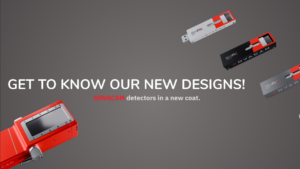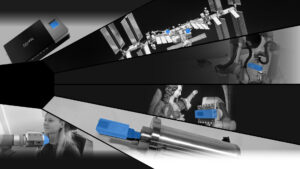ADVACAM is a proud member of VZLUSAT-2 mission that will be launched into orbit on Friday, December 18th, by Space X rocket Falcon 9.
VZLUSAT-2 will include ADVACAM’s MiniPIX detector onboard. It is the second nanosatellite designed by the Czech Aerospace Research Centre, or VZLÚ.


The nanosatellite includes three cubes, each measuring just 10 by 10 centimetres. When it will reach an altitude of 500 kilometres, a team at the University of West Bohemia’s faculty of Electrical Engineering will communicate with the nanosatellite to collect data.
A major advantage of nanosatellites is that they are less expensive to launch into orbit. Also, many components are now standardized, meaning more subcontractors can supply components relatively quickly.
But nanosatellites also have their disadvantages.
According to project manager Vladimír Dániel, “The most pressing problem is cosmic radiation, which is the most common killer of nanoparticles. Another big problem are rapid temperature changes. We have counted on temperatures from minus 70 degrees to 60 degrees Celsius, which are rather significant. And these big fluctuations occur every 90 minutes because it is rotating. So, it is even a great success when a nanosatellite operates for more than a year.”
Tiny satellites are especially vulnerable to cosmic radiation. For that reason, VZLÚ has worked with other Czech companies specialising in space radiation to maximise the radiation protection for onboard devices.


